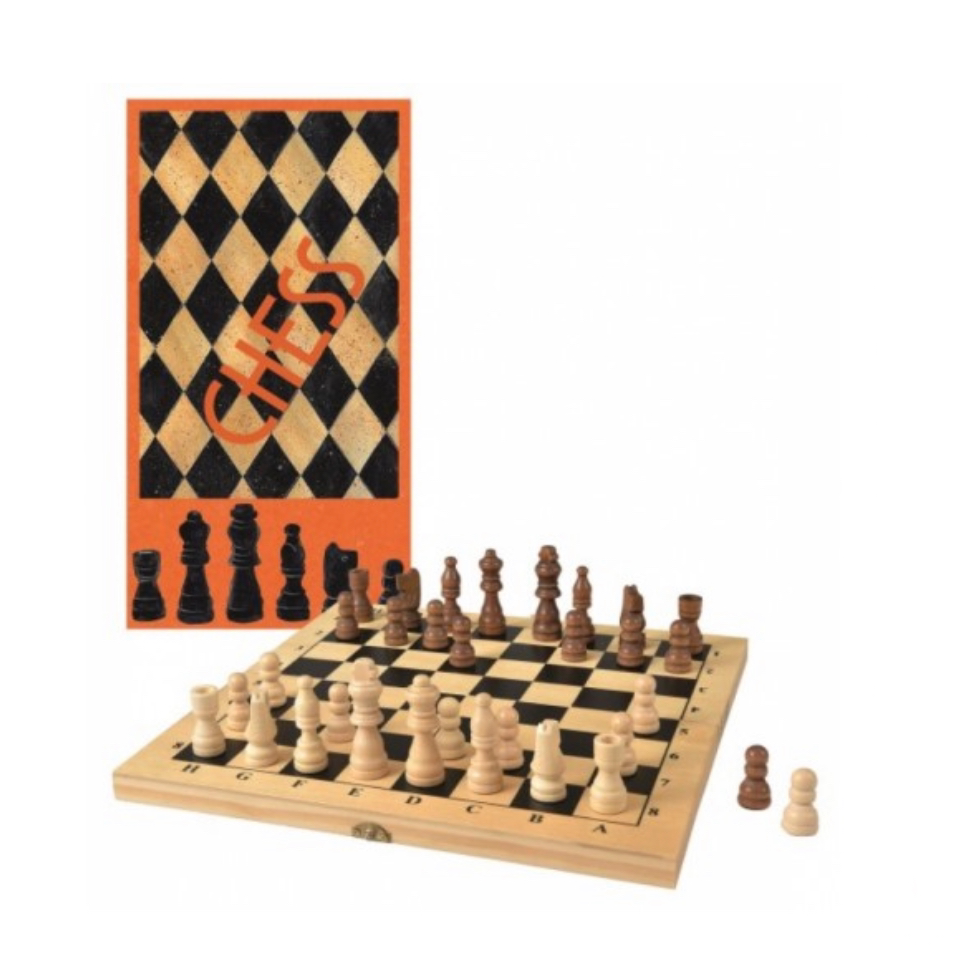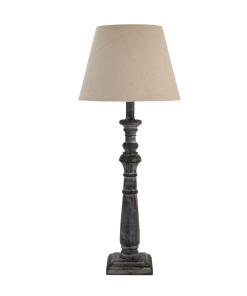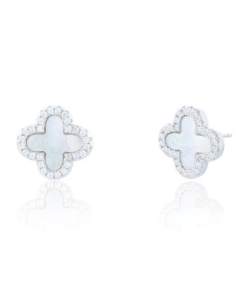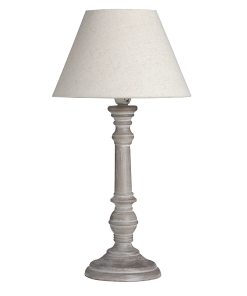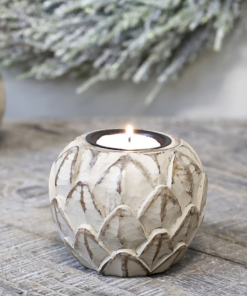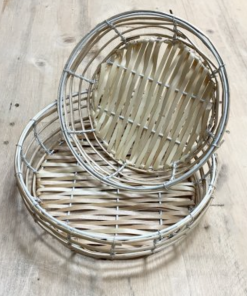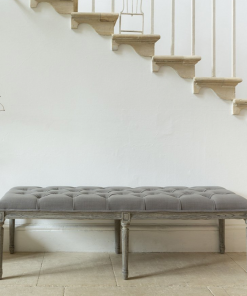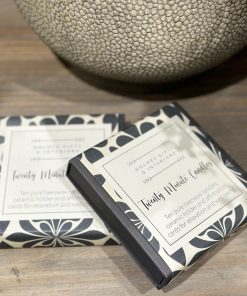Wooden Chess Board and pieces;
Each Player has 16 pieces which move and capture in different ways and have differing levels of importance.
Pawns ————–x 8
Knights ————-x 2
Bishops ————-x 2
Castles (Rooks) ——–x 2
Queen ————–x 1
King —————x 1
The board is placed between the players so that each has a white corner square on his right.
Note that the Queen always stands on a square of her own colour, so that the pieces are all opposite their opposing equivalent.
The object of the game is to trap your opponent’s King in a position in which he cannot escape without being taken. This is called “Checkmate”.
White always starts. Players change sides after each game. Each player takes it in turn to move one piece in each go. He may move whichever of his pieces he requires, planning his strategy, capturing as many of his opponent’s pieces as he can, always working towards the ultimate goal of “Checkmate”.
To capture an opposing piece, a player moves his attacking piece to the square occupied by the victim and removes the latter from the board. Any piece may take (capture) any opposing men that it can, despite rank i.e. a Pawn may capture a Pawn or a Queen.
The only piece that can never be captured is the King. When a player moves a piece into a position from which he directly threatens the King and in theory could take him in the next turn, he must announce: “Check”.
The King must then be moved immediately out of “Check”. This can be done by moving the King away, putting another piece between the King and the threat, or by actually capturing the threatening piece. Whatever is done, a player may not move any pieces while the King is in check unless the move gets the King out of Check as a result.
Each piece moves in a different way, which, makes some men more valuable than others:
CASTLE (or ROOK)
This piece can only move in a straight horizontal or perpendicular line. It may travel as far as it wants in this straight line in any one turn, as long as the spaces it traverses are not occupied.
KNIGHT
This piece has only one set movement. It is an L shaped jump – two squares forward (or back) and one to the side (left or right). Or it may be one to the side and then two forward or back. The Knight may move off in any direction and is the only piece that can jump over other men to land on a space beyond.
BISHOP
The Bishops move on the diagonal, but otherwise, like the Castle, they may go whatever distance they wish.
PAWN
These eight pieces may only travel forward, but “take” on the diagonal like a Bishop. In the first move of a particular Pawn, the piece may be moved one or two spaces forward, Thereafter, it may only move one square forward each turn. If a Pawn succeeds in reaching the other side of the board, it may be exchanged for any piece, which, its owner chooses from his pieces already captured. If the Queen has been captured, it is best to exchange the Pawn for her and get back into play for reasons, which, will become obvious.
QUEEN
She can move diagonally, horizontally or perpendicularly as far as she likes. She is by far the most powerful piece.
KING
He, like the Queen, can move in any direction on the diagonal, horizontal or perpendicular, but he may only move one square in each turn.
Now you know how each piece moves and the aim of the game, you are ready to play.
It must be stressed, however, that these instructions are very basic and are designed only to get you started and to help you understand and enjoy chess.
Once you have understood these basics there are several more complicated moves to be introduced and then there are set plans and strategies to be mastered.
Countless books have been written on chess and many people in each community play the game well and will be pleased to teach you more. You will not have trouble advancing your knowledge and appreciation of the game. This set will get you started and will provide you with hours of challenging fun.
Fast Shipping with Professional Packaging
We offer a wide range of shipping options due to our long-standing partnerships with UPS, FedEx and DHL. Our warehouse staff are trained to pack your goods exactly according to the specifications we offer. Before shipping the goods are thoroughly examined and secured. Every day, we send thousands of packages to clients from all over the world. Our determination to be the biggest online retailer in the world is shown by this. The warehouses are located in Europe as much as they are in USA.
Note: Orders with more than one product will be assigned a distinct processing time, dependent on the particular item.
Before shipping, we will examine the items ordered thoroughly before sending the items. The majority of orders are shipped within 48 hrs. The delivery estimate is between 3-7 days.
Returns
The stock is constantly changing and cannot be fully controlled by us because of the involvement of several parties including the factory and our warehouse. Stock levels can fluctuate at any given time. Please be aware that it is possible that your order could become unavailable even after you've placed your order.
Our policy is valid for a period of 30 days. If 30 days have passed by since your purchase however, we're unable to give an exchange or refund.
In order to be eligible for a refund your product must be unopened and in the same state as you received it. It should also be in the original package.
Related products
Uncategorized
Baby Gift
Salad Servers
Uncategorized
Earrings
Uncategorized
Uncategorized
Nest of Tables
Earrings
Uncategorized
Earrings
Uncategorized
picture frame
Wooden Star
Chocolate
Occasional Chair
Uncategorized
Earrings
